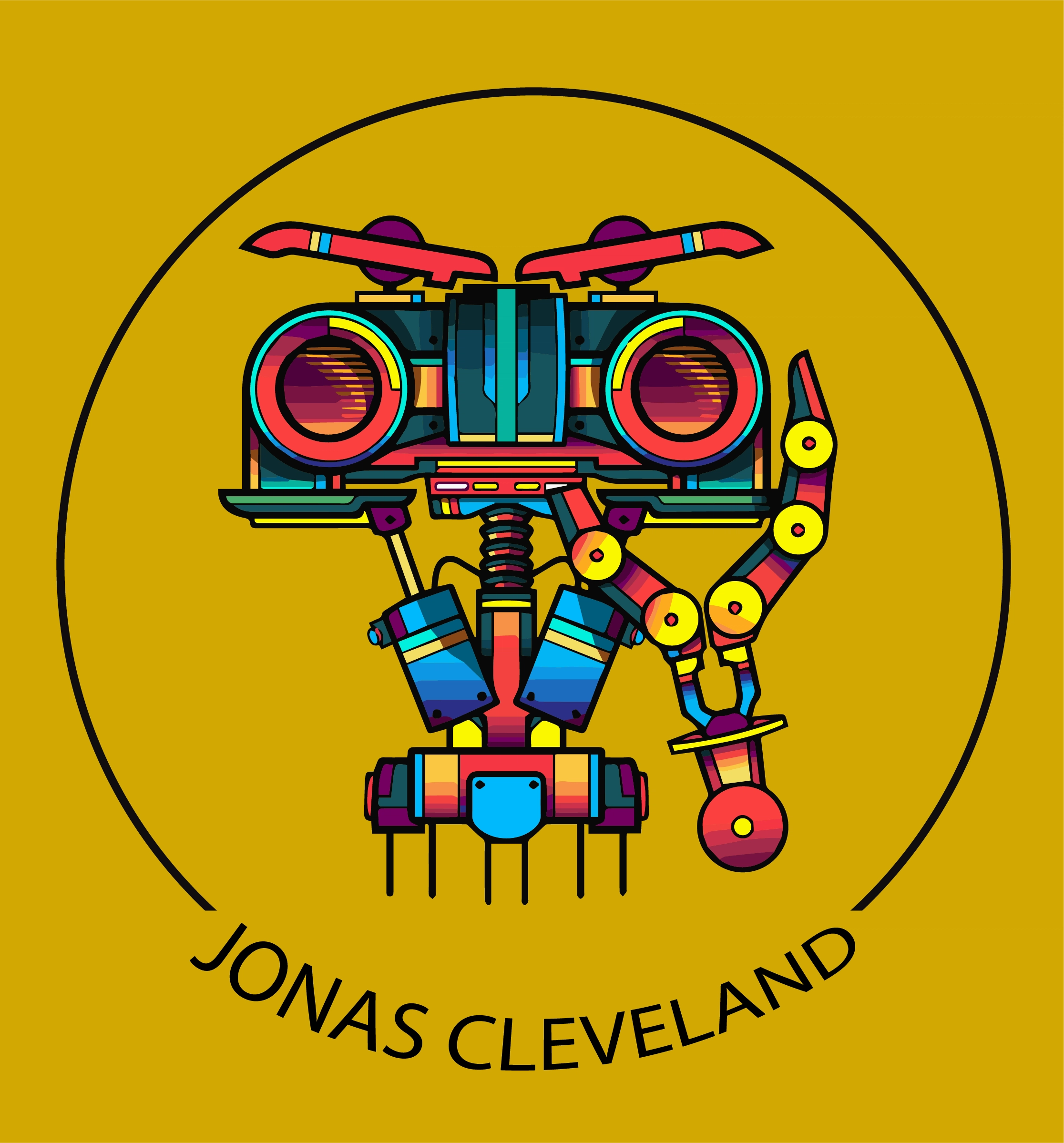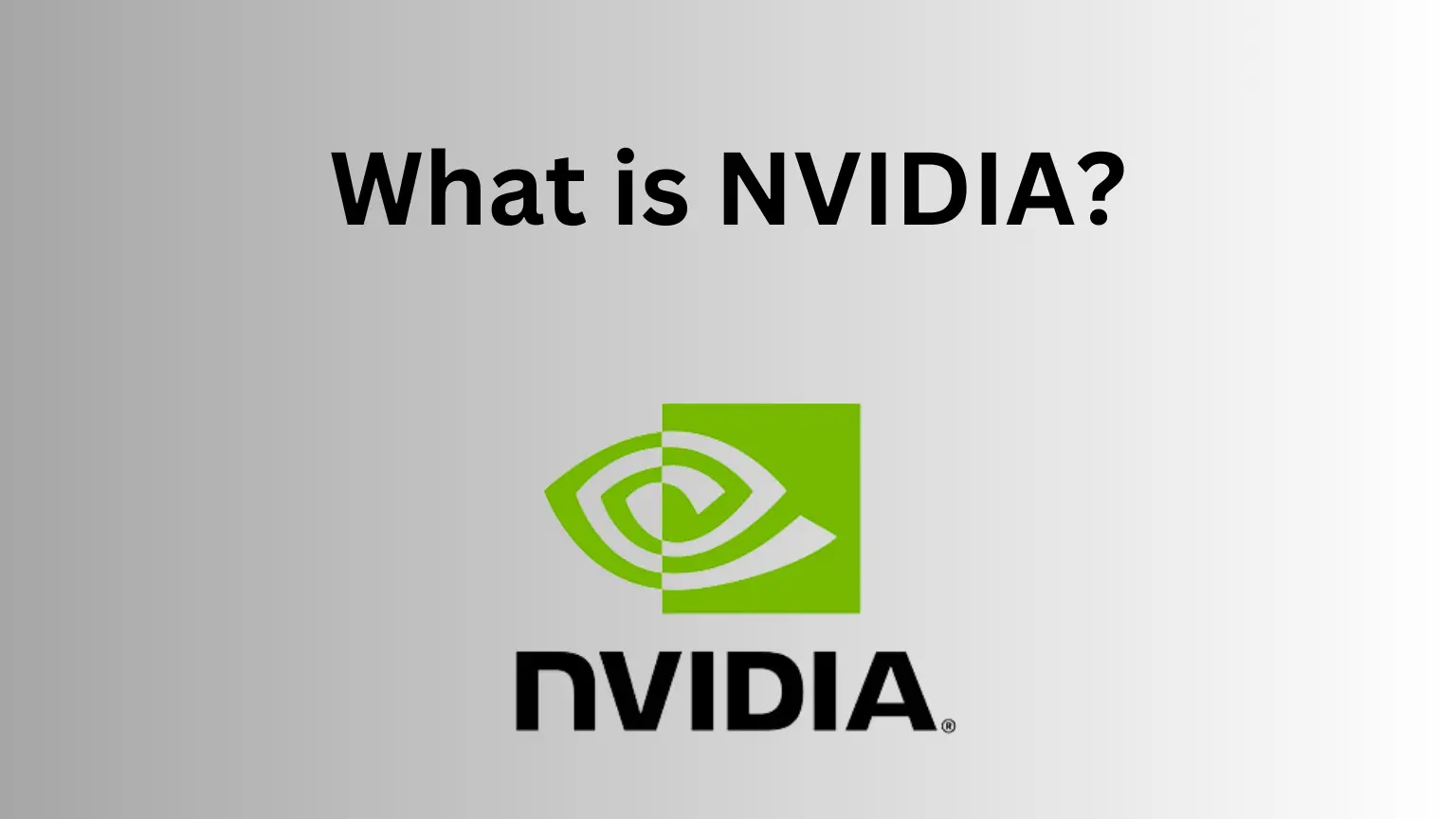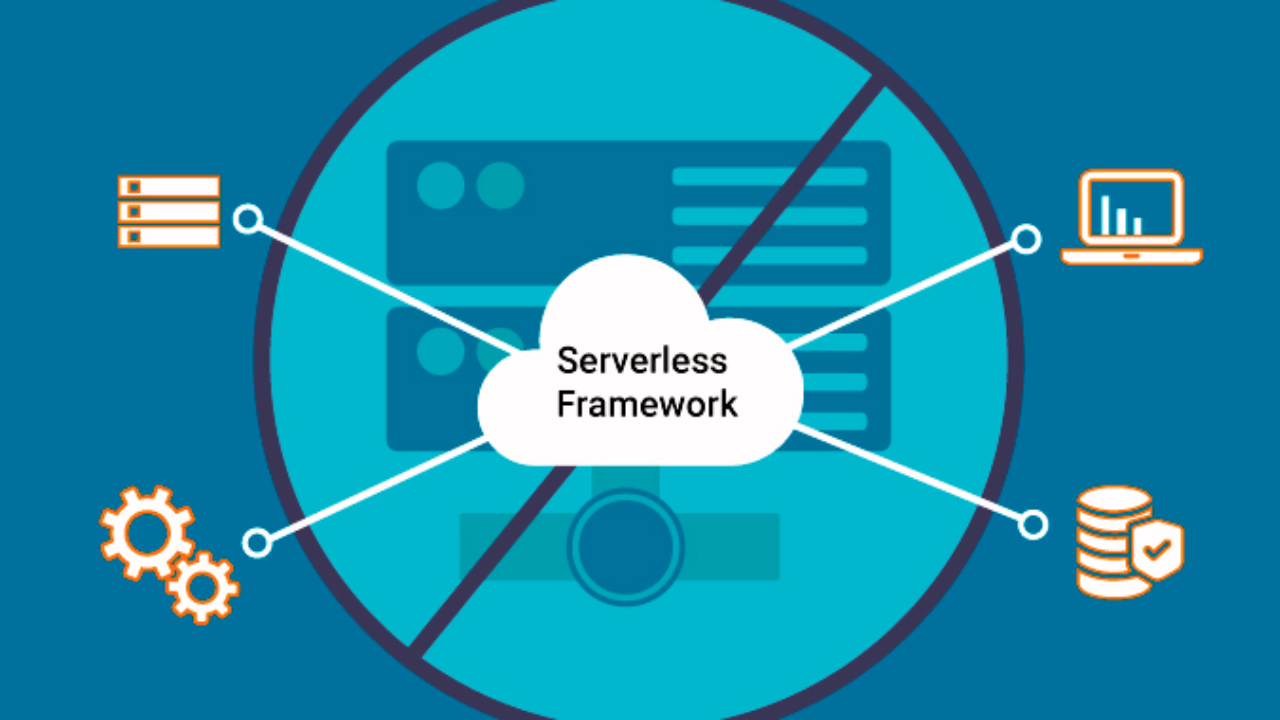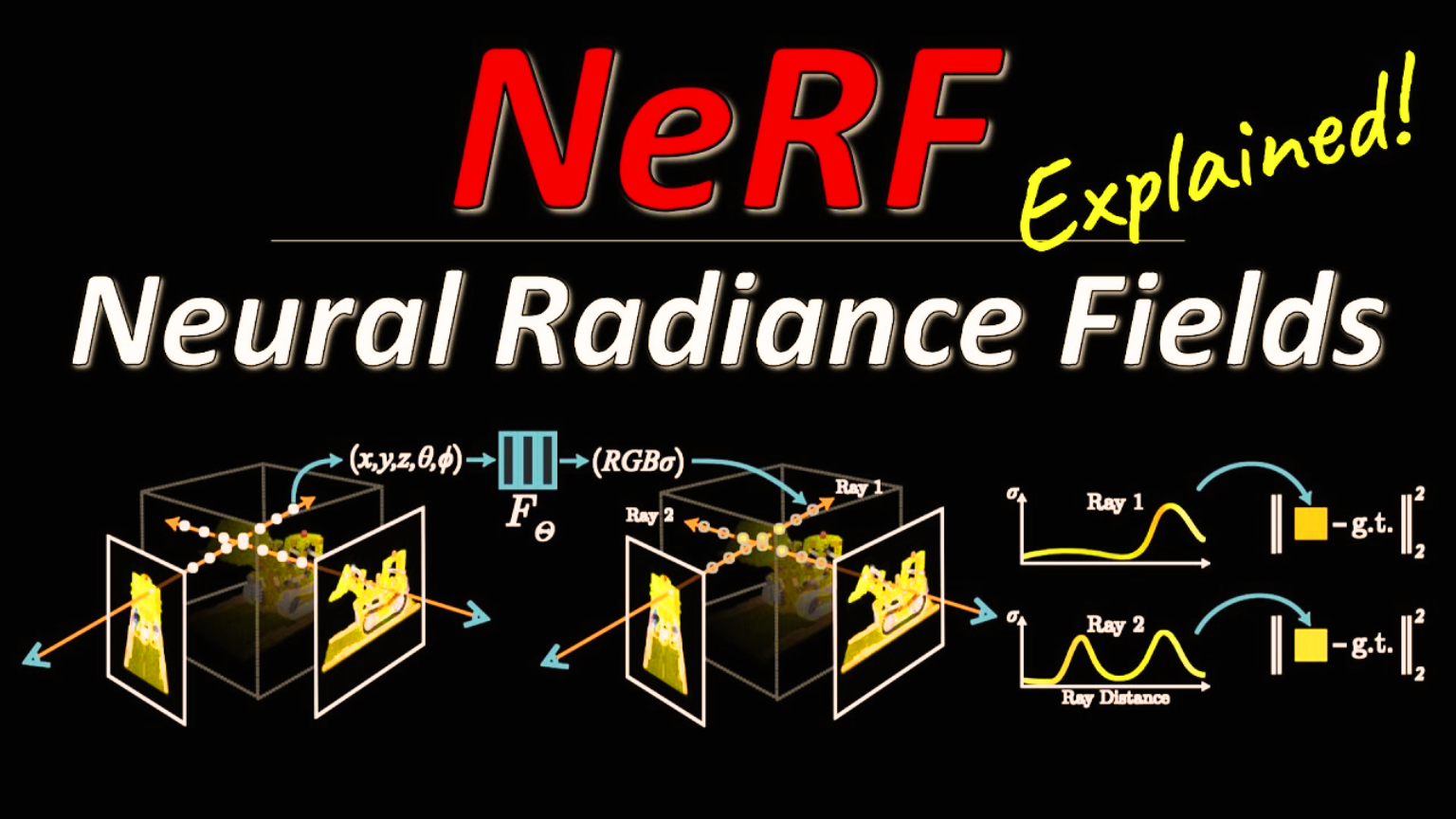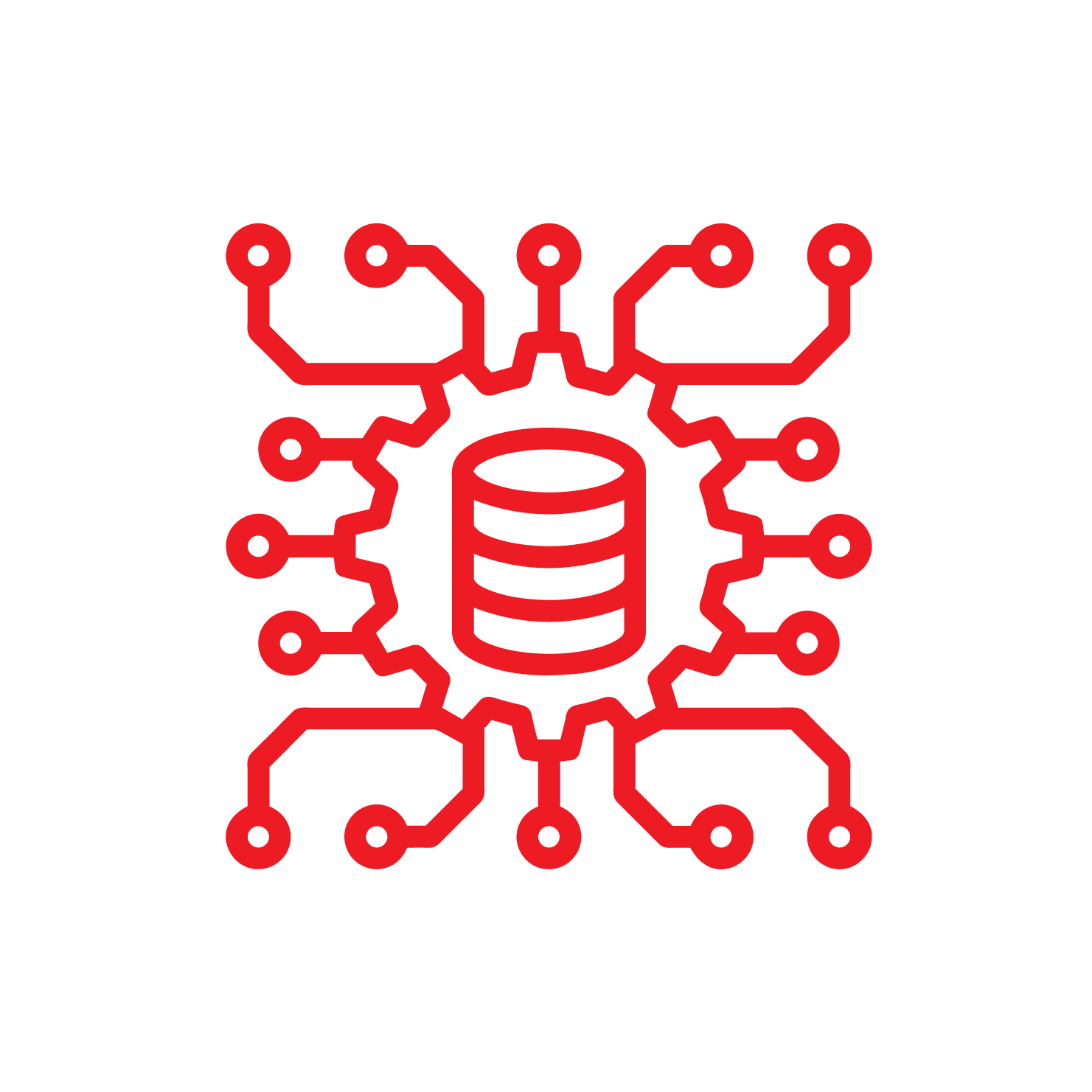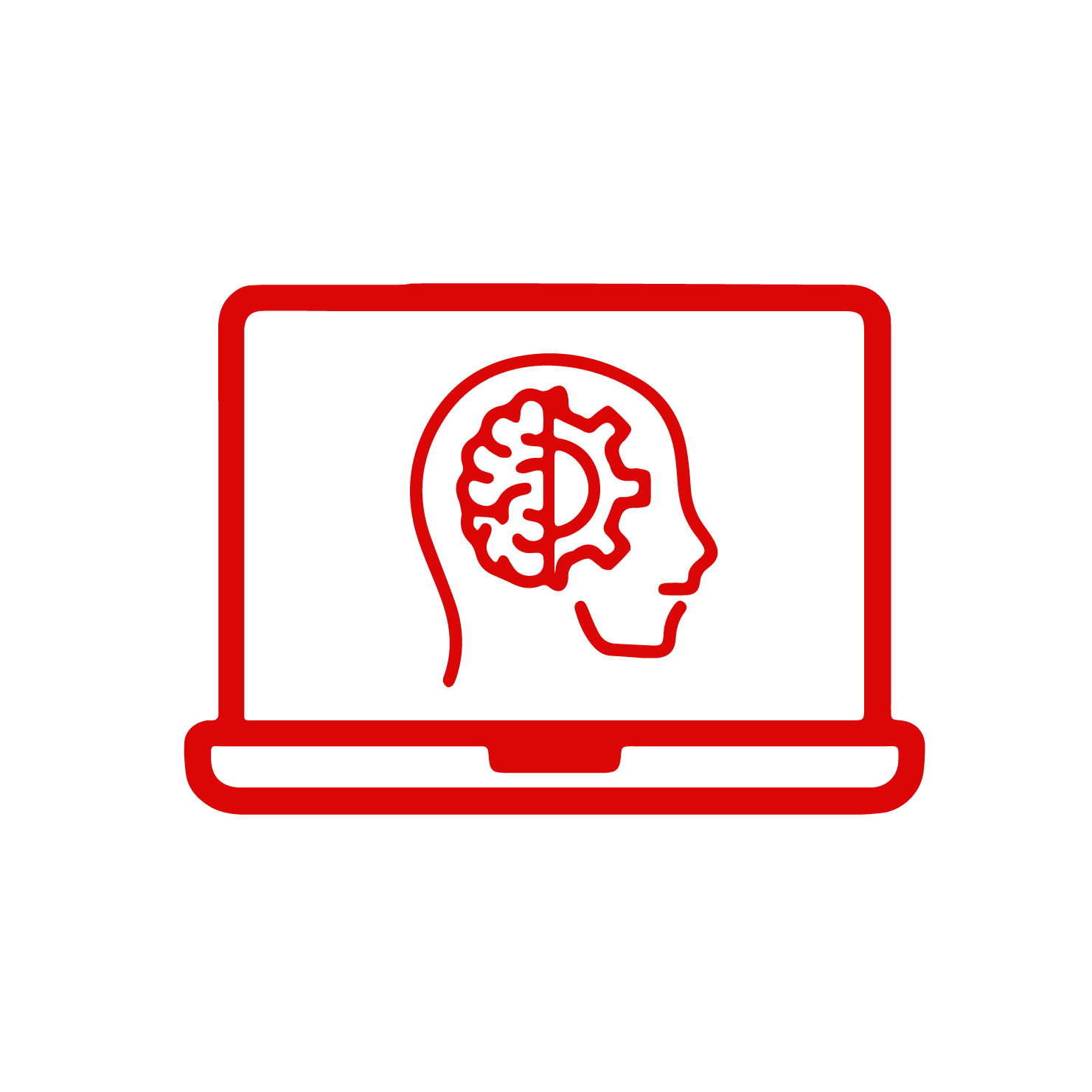There are numerous machine learning tools to suit varying requirements. But the choice largely depends on the problem you’re trying to solve, data complexity, and your expertise level. These tools range from those designed specifically for beginners to more advanced software programs.
Top 5 Machine Learning Tools
Python: When it comes to machine learning tools for data science, Python is at the top of the list. Its simplicity, flexibility, and array of libraries, such as NumPy, Pandas, Matplotlib, and Scikit-learn, make it a top choice. This is an ideal machine learning tool for both beginners and experienced developers.
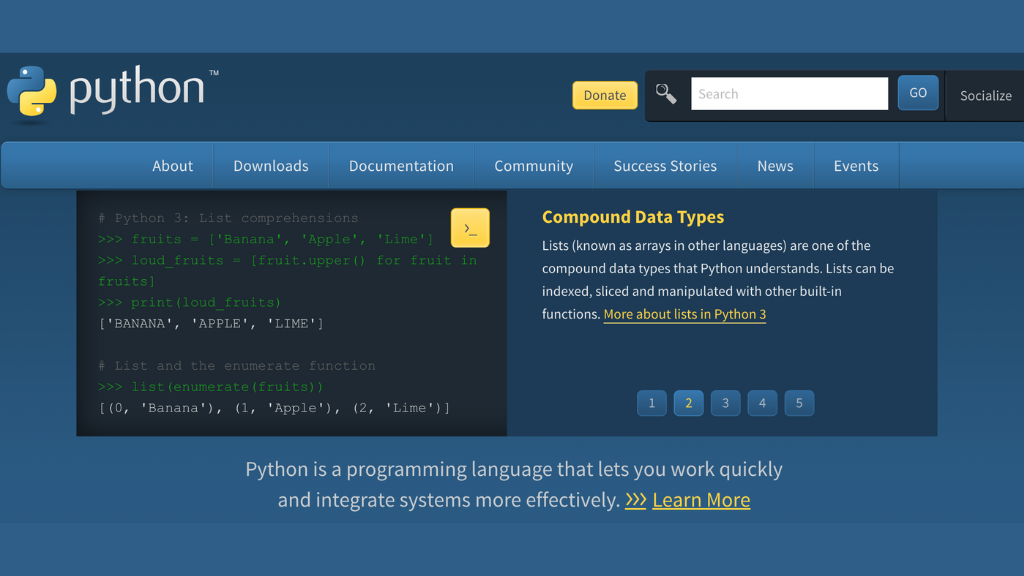
TensorFlow: Created by Google, TensorFlow is an open-source library for developing and training machine learning models. It’s excellent for deep learning applications, thanks to its high-level APIs. Moreover, the tool has robust computational graph visualizations, which will certainly come in handy.
PyTorch: Developed by Facebook’s artificial intelligence research group, PyTorch is another open-source library for machine learning. Is PyTorch the same as Python? Not quite. PyTorch is a library that uses Python, providing a more intuitive and easier-to-use interface for Python users.
Keras: Often used in conjunction with TensorFlow, Keras is an open-source neural network library. It’s user-friendly, modular, and flexible, making it a top tool for deep learning.
Scikit-Learn: A Python-based library, Scikit-learn is a great tool for machine learning. It offers a selection of supervised and unsupervised learning algorithms. These are the qualities that make it popular for machine learning tools and techniques.
Backpropagation and Gradient Descent | How Does AI Learn
Deep Learning: TensorFlow vs PyTorch
Deep learning, a subset of machine learning, benefits immensely from specialized libraries. Among these, TensorFlow and PyTorch stand out. So, what is the best tool for deep learning?
Well, we can say that it depends. TensorFlow has long been a favorite due to its comprehensive and flexible ecosystem, and its use by Google indicates its robust capabilities. However, PyTorch’s dynamic computational graph and simplicity have earned it significant popularity among researchers.
Free Machine Learning Tools
Fortunately for developers on a budget, there are numerous free machine learning tools available. TensorFlow, PyTorch, and Scikit-learn are all open-source and free to use. There are also tools like Weka, a user-friendly software with a collection of machine learning algorithms. This is the kind of tool that you can use freely for data mining tasks.
Tools for Machine Learning in Python
Python remains a favorite language for machine learning due to its readability and an extensive list of libraries. Apart from the previously mentioned TensorFlow, PyTorch, and Scikit-learn, there are other libraries as well. You can access Matplotlib for data visualization, Pandas for data manipulation, and Seaborn for statistical data visualization.
Machine Learning Tools for Beginners
For those just starting their machine learning journey, user-friendly tools are crucial. Python, due to its readability, is a great language to start with. Libraries like Scikit-learn and Keras are excellent as they are relatively easy to understand and use.
A Comprehensive Machine Learning Software List
In addition to the mentioned tools, there are several other notable mentions like:
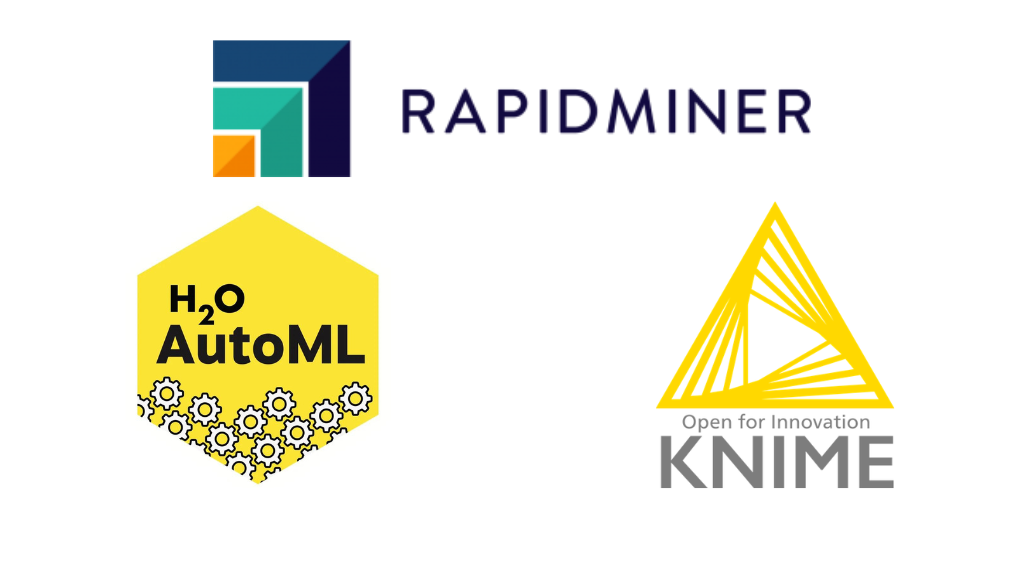
These tools provide an integrated development environment (IDE), allowing for easy-to-use, GUI-based machine learning.
Image Annotation Tool: A Comprehensive Review
Conclusion
The best tool for machine learning depends on your needs, skills, and the problem you’re trying to solve. Each tool has its strengths and weaknesses depending on the kind of task you are handling. By understanding the capacities of each and aligning them with your requirements, you can make an informed decision. The best tool for your machine learning journey is the one that meets your needs.
